I can find the lows based on
sec_peakLow = ta.pivotlow(1, 1)
plotshape(sec_peakLow, style=shape.triangleup, location=location.belowbar, color=color.new(color.red,50), offset = -1 , size=size.auto)
now I am wondering if I can use the pivotlow(1, 1) in a way that it be fixed for 1D and show the results in 1D while I am in the lower timeframes.
So I tried
string CustomTimeFrame = input.timeframe("1D")
sec_peakLow = request.security(syminfo.tickerid, CustomTimeFrame, ta.pivotlow(1, 1))
plotshape(sec_peakLow, style=shape.triangleup, location=location.belowbar, color=color.new(color.red,50), offset = -1 , size=size.auto)
however this lead to very wrong results. I was wondering if someone can please help me to undertand what is the issue and how I can solve the problem?

